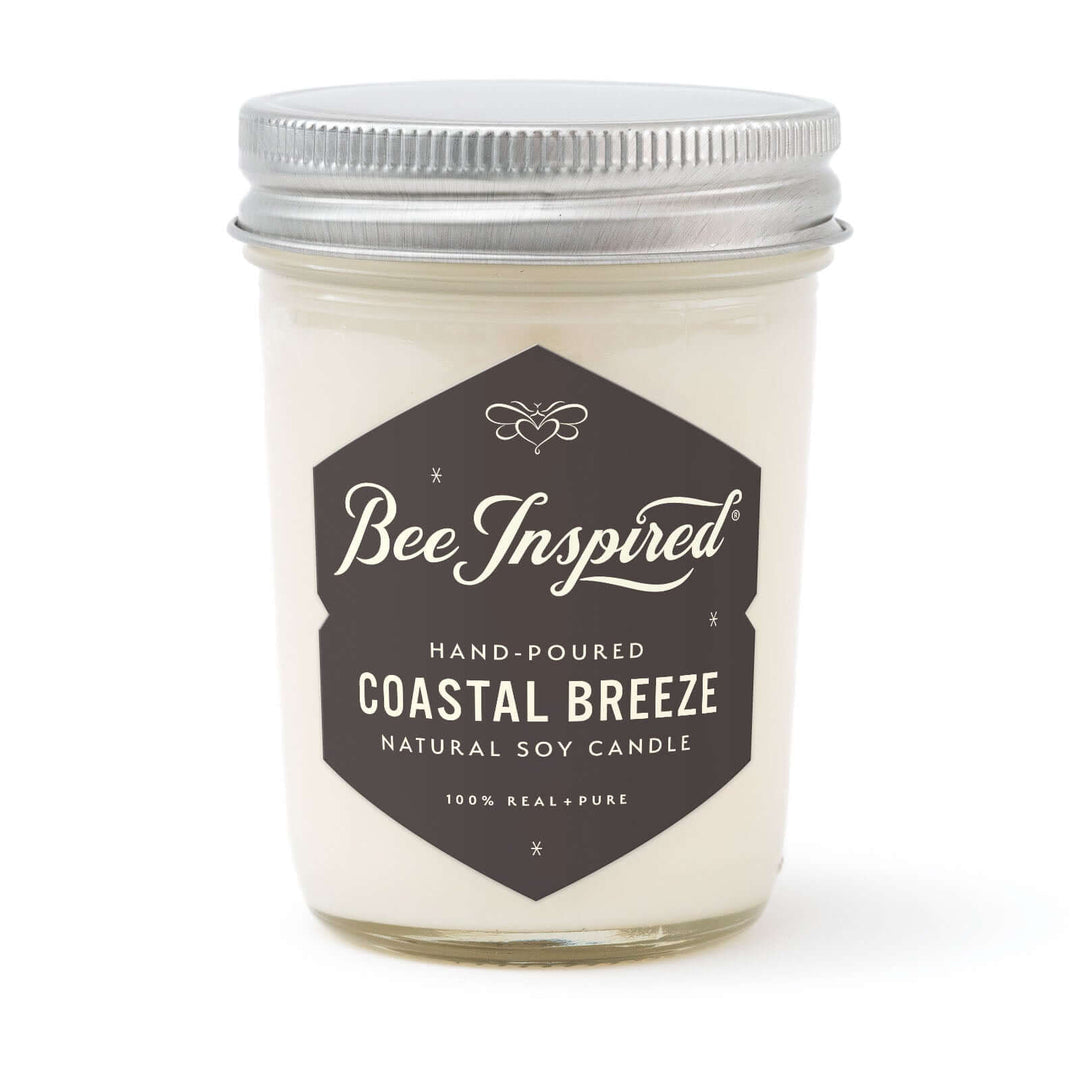Creating a thriving backyard bee habitat has become essential as bee populations face unprecedented challenges. Whether you're a seasoned beekeeper or just beginning your journey into pollinator conservation, establishing the right environment can make a remarkable difference for these vital creatures.
Why Native Bee Habitat Matters More Than Ever
The decline in bee populations affects not just honey production but entire ecosystems. Native bee habitat creation supports over 4,000 bee species in North America, many of which are more efficient pollinators than honeybees for specific crops and wildflowers.
When I spotted that rare Blue Grosbeak outside our window, it became clear that our efforts to create bee-friendly garden spaces were attracting more than just bees. This vibrant blue bird, typically found only in specific regions, had discovered the abundance we'd cultivated through acres of clover, buttercup, wildflowers, and sunflowers.

The Blue Grosbeak's preferred habitat includes forest edges, fields, and farmlands rich in insects and seeds - exactly what our native pollinator gardens provide. Could our focus on creating hospitable environments for bees be supporting broader wildlife recovery?
Essential Elements of Bee Habitat Design
Successful bee habitat creation requires understanding what pollinators truly need: diverse food sources, clean water, shelter, and safe nesting sites. Unlike commercial agriculture that often creates monocultures, biodiverse pollinator habitats offer year-round resources.
Food Sources Throughout the Seasons
Bees require nectar and pollen from early spring through late fall. The most effective pollinator-friendly plants include:
Spring Bloomers:
- Apple blossoms (Spring Honey producers)
- Dandelions
- Wild cherry
Summer Abundance:
- Lavender
- Sunflowers
- Bee balm
- Cosmos
- Sweet clover
For comprehensive guidance on selecting and growing these plants, explore our detailed pollinator garden planting guide which covers specific varieties and cultivation techniques.
Fall Nectar Sources:
- Asters
- Goldenrod
- Late-blooming wildflowers

Water and Shelter Requirements
Every sustainable bee habitat needs:
- Shallow water sources (bird baths with landing spots)
- Bare ground patches for ground-nesting species
- Undisturbed areas with plant debris
- Native trees and shrubs for shelter
Steps to Create Your Backyard Bee Habitat
1. Choose Native Plants for Maximum Impact
Native species consistently outperform non-native plants in supporting local bee populations. They've evolved together, creating perfectly matched pollinator relationships.
Research native plants for your specific region, but some universal bee habitat plants include:
- Wild bergamot
- Purple coneflower
- Black-eyed Susan
- Native asters
- Regional milkweed species
2. Design for Continuous Blooms
Plan your pollinator garden layout so different plants bloom throughout the growing season. This ensures consistent food sources during critical periods like early spring when queens emerge and late fall when bees prepare for winter.
3. Provide Nesting Opportunities
Most native bees are solitary ground-nesters. Support them by:
- Leaving unmulched soil areas
- Retaining dead plant stems
- Installing native bee hotels
- Avoiding excessive garden cleanup
4. Eliminate Harmful Chemicals
Chemical-free bee habitats are crucial. Pesticides, herbicides, and synthetic fertilizers can harm or kill beneficial insects. Instead, focus on building healthy soil that naturally resists pests.

We spotted a Blue Heron on our farm
Beyond Bees: Creating Ecosystem Connections
Your wildlife-friendly garden will attract more than just bees. We've observed increased populations of:
- Butterflies (including endangered species like Maryland's state insect, the Baltimore Checkerspot)
- Hummingbirds
- Beneficial insects
- Songbirds
This interconnected web demonstrates how pollinator conservation efforts create cascading positive effects throughout local ecosystems.
Regional Considerations for Habitat Success
Different climates require adapted approaches. On Maryland's Eastern Shore, our humid subtropical conditions allow for diverse plant growth, but other regions may need drought-tolerant species or cold-hardy varieties.
Our experience with farming for bees across 45 acres has taught us valuable lessons about plant selection, soil preparation, and managing natural challenges like deer populations that can inform smaller-scale habitat projects.
For insights into how agricultural practices and pollinator conservation intersect in our local ecosystem, read more about life on Maryland's Eastern Shore and the unique environmental factors that shape our region's biodiversity.
Research your USDA hardiness zone and connect with local extension services for region-specific pollinator plants recommendations.
Maintaining Your Bee Habitat Long-term
Sustainable pollinator gardens require minimal but thoughtful maintenance:
- Allow some areas to remain "messy" over winter
- Add new native species gradually
- Monitor for invasive plants
- Document which species attract the most bee activity

Ever wonder what bees do in winter?
Community Impact and Education
Neighborhood pollinator networks multiply the benefits. Consider:
- Sharing your experience with neighbors
- Participating in community garden projects
- Supporting local policies that protect pollinator habitats
- Teaching children about bee importance
While backyard bee habitats are important, farmers and large landowners can make an even greater impact through commercial pollinator habitat development. Large-scale agricultural operations have unique opportunities to create extensive pollinator corridors that support entire regional ecosystems.
Getting Started Today
Whether you have a small balcony or acres of land, you can contribute to pollinator conservation. Start small with containers of native plants, or transform larger areas into biodiverse habitats.
Remember that establishing habitat takes time. Wildlife needs multiple generations to discover and utilize new resources. Our farm continues to attract new species each year as our bee-friendly ecosystem matures.
The bald eagle now perched in our oak tree and the rare Blue Grosbeak remind us that creating space for nature creates space for wonder. Every flower planted, every chemical avoided, and every wild corner preserved contributes to the recovery of these essential pollinators.

Creating native bee habitat isn't just about conservation - it's about participating in the ancient partnership between plants and pollinators that makes abundant life possible. Your efforts, however small, contribute to a future where both bees and the ecosystems they support can thrive.
Learn more about supporting pollinators through our honey collection and discover the flavors that emerge from diverse, healthy habitats.












